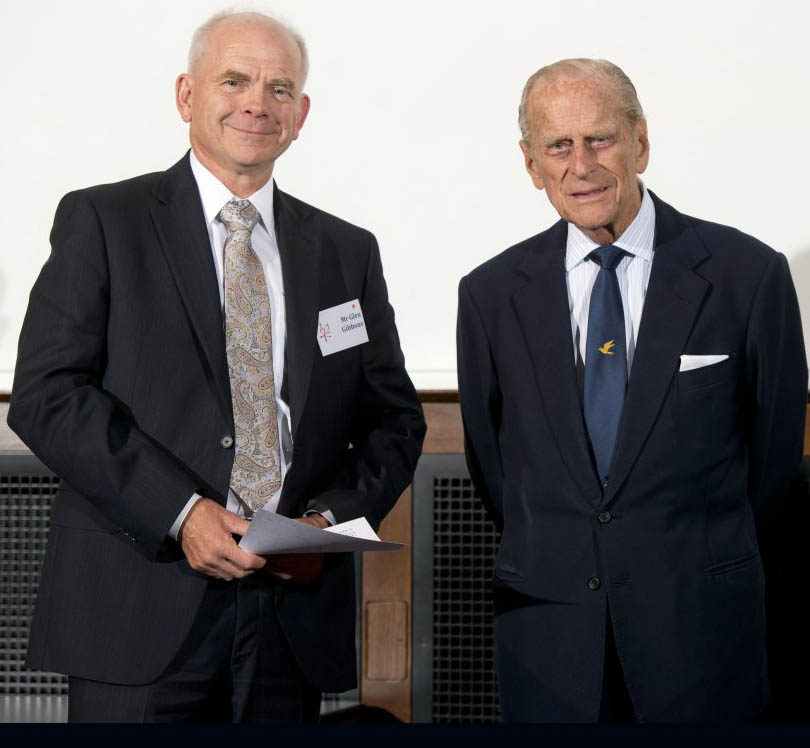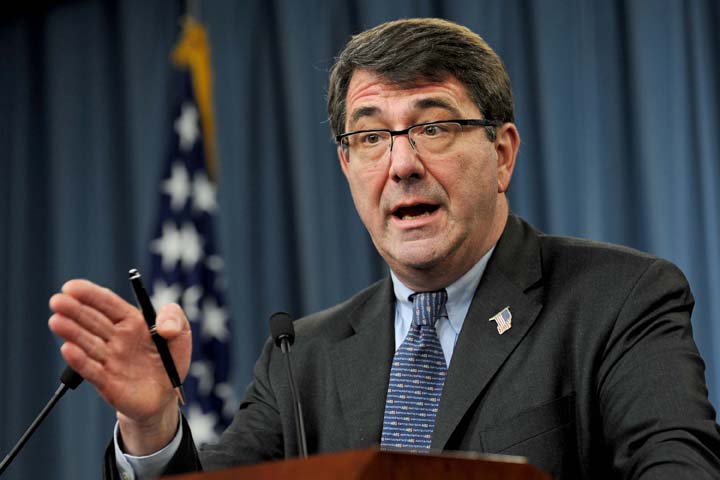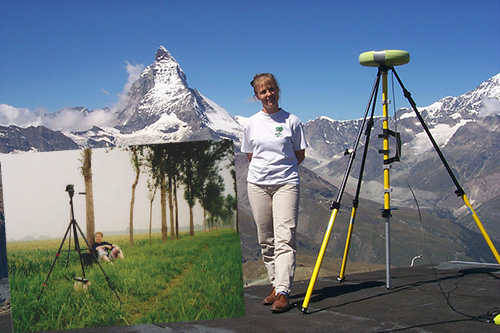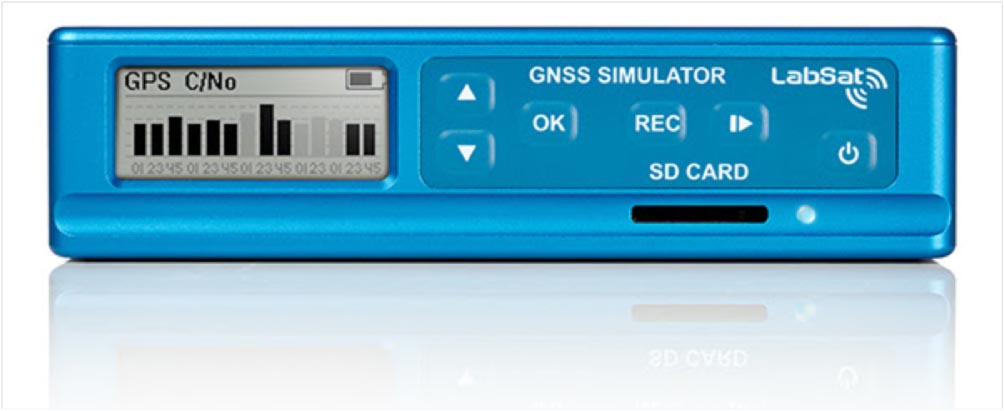Canadian Army to Test NovAtel’s GAJT-AE GPS Anti-Jam Antenna Electronics
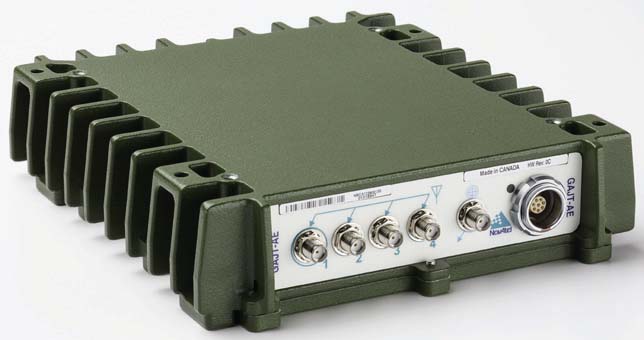 GAJT-AE
GAJT-AENovAtel, Inc., has announced that Public Works and Government Services Canada (PWGSC) has selected its GAJT-AE antenna electronics for testing on Canadian Army platforms.
The GAJT-AE, developed in Calgary at NovAtel’s global headquarters, is a GPS anti-jam solution designed for small and weight-constrained applications. The testing is being conducted through PWGSC’s Build in Canada Innovation Program (BCIP).
PWGSC will procure a number of GAJT-AE’s on behalf of the Department of National Defence (DND).





